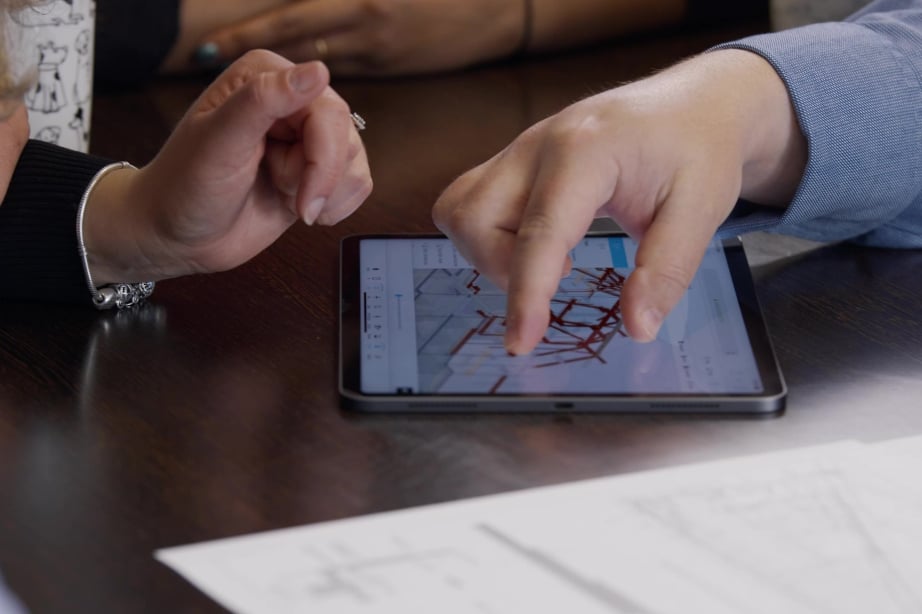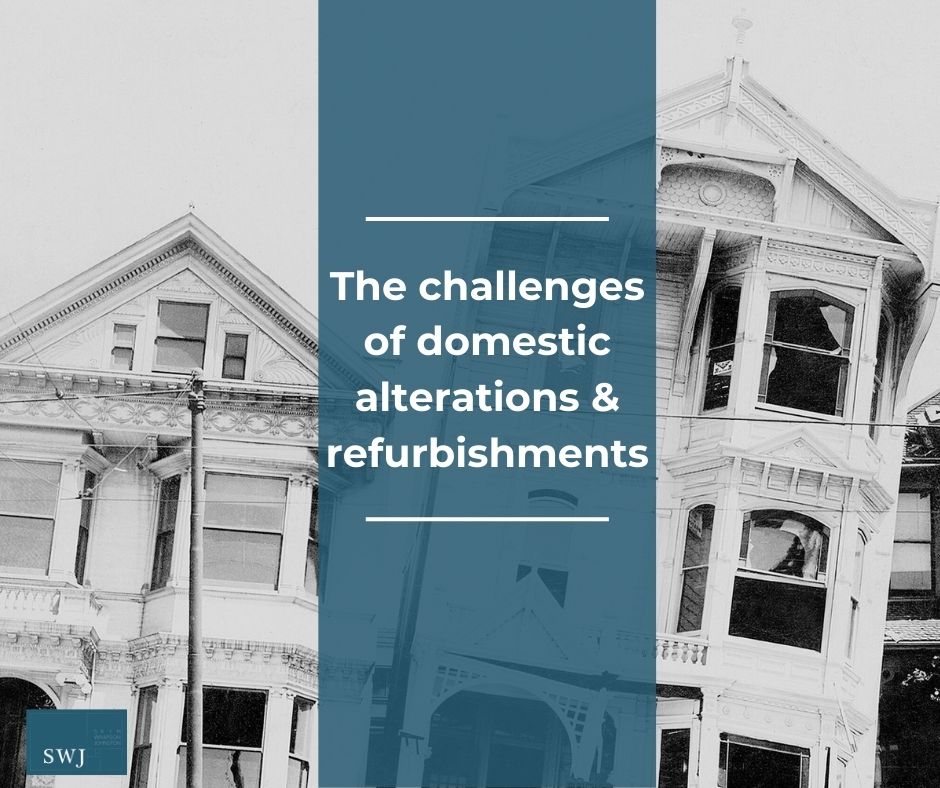Rhys Skym, SWJ Consulting’s Managing Director is also an IStructE professional reviewer for the IStructE exam. Through this role and his years interviewing prospective candidates for jobs he is passionate that the structural engineering industry and potential chartered structured engineers understand the importance of clear and comprehensive communication; verbal, written and illustration.
Sketches and Annotations
It is vitally important that engineers, whether in an interview or in a professional situation understand and can communicate their ideas and solutions. This can be a combination of sketches, notes and verbal communication. Whilst spoken language can be a barrier if, for example, English is not the first language, it is even more important that sketches and annotations are clear; maths is the only truly universal language, numbers and symbols are international and it is important you have a strong ability to transmit your ideas.
The power of a good sketch should not be underestimated. With the rise in the importance of virtual and digital construction, it is assumed that the computer is always better but there is no better way than a sketch to convey the means of getting load to ground in calculations before a more detailed drawing is required.
I see this repeatedly in IStructE candidates’ portfolios – they have sketched out initial ideas and notes but they are illegible and so are effectively useless. As engineers we are not creating something new, we’re challenging solutions and solving problems and we need clients/colleagues to be able to understand what we’re thinking and why.
Confidence in communication
When we interview for roles at SWJ we are looking for more than just experience. We look for engineers or trainees who have the confidence to present arguments logically as well as being able to respond to challenges and even concede defeat if necessary. We encourage excellence by providing an environment where our staff can try new ideas, explore alternative ways of analysing the problem and be confident their ideas will be listened to. Communicating these ideas, being able to challenge the status quo and not fearing failure is the key to our development as a team.
In an IStructE interview it becomes clear very quickly if the candidate is presenting the work of others as their own work as they are unable to present a clear logical argument for, or answer to, any mistakes identified. It is not about the mistakes made it is about the communication in talking them through and identifying alternative solutions – this is the key to becoming a successful engineer.
Understanding each other’s communication styles
Our management structure allows our team to approach the directors with questions and concerns regarding projects. Working in this close environment means we need to also understand each other’s behavioural styles and how we are best approached or challenged. Using a tool like DiSC enables us to learn about each other’s personality traits and so how best to communicate. It maybe that one team member needs a lot of detail to understand, while another team member only wants to know the top line. Understanding how to communicate effectively, what level of information is needed and how to interpret any response is another vital part of communications.
Engineers are problem solvers looking for the best solutions so clear communication is vital both verbal, written and with sketches. We need to be able to understand your ideas and solutions and be confident you can communicate well to clients and onsite. Beyond that, we want to recruit team members that will support each other, and communication is vital to this. SWJ Consulting use DiSC analysis when recruiting to ensure we’re creating a cohesive team that will complement each other and can work together effectively.
Communication and collaboration is key
Because engineering is maths and calculations based it is easy to forget that communication plays just as important a part. As problem-solvers, engineers need to work together and with other industries to find and implement the right solution. Building Information Modelling, a decade old term for virtual design and construction technology is another clear example that collaboration and communication is becoming increasingly important in our industry. SWJ Consulting aim to become a centre of excellence for the industry and clear communication is one of our guarantees. If we can help IStructE candidates, potential team members and colleagues across all trades understand the importance of communication we will be a step closer to our goals.
For more information on SWJ Consulting visit www.swjconsulting.co.uk




